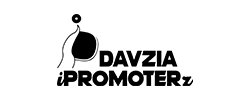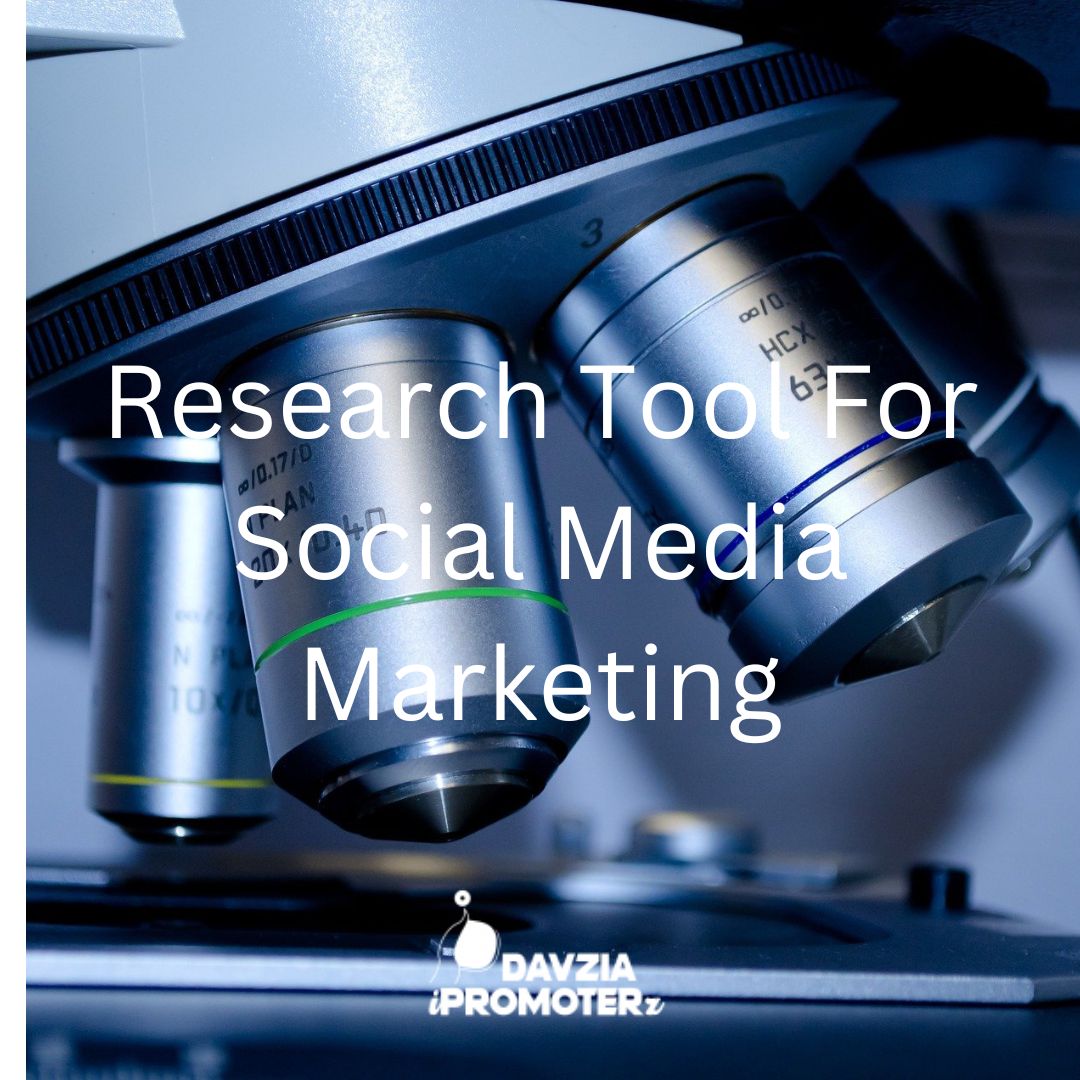Research instruments are the tools and techniques used to collect data. In quantitative research, there are three main types of instruments: questionnaires, interviews, focus groups, and observations.
These tools come in handy when gathering data for social media strategies. The success of social media depends on the skills of the social media strategist. They need to have strong analytical skills, and they need to stay updated with the latest trends, techniques, and methods of social media. They need to be capable of understanding the needs of the client and developing a strategy accordingly.
What Is Research Instrument
The term research instrument is any tool you might use to collect, analyze or measure data. Examples include questionnaires and interviews.
What is a questionnaire?
A questionnaire is a written, self-administered survey that you can send through the mail or email to a group or a single individual. Questionnaires collect information from people who wish to participate in a study, questionnaires are used to measure attitudes, beliefs, values, and opinions. the following are also the attributes of the questionnaire;
1. They are also used to test knowledge and understanding.
2. Questionnaires are used to gather data for research.
3. Questionnaires are also used to help with the analysis of data.
Research instruments are often found in the fields of social sciences and health sciences. These tools are also instrumental in the health education sector, as they are about patients, employees, teachers, and students. However, when it comes to social media strategies, it is seen as the most effective tool to gather information. The following are the advantages of using questionnaires.
1. It is simple and cheap.
2. It is used to gather data from a large number of people at the same time.
3. It is not invasive.
4. It is easy and convenient to administer.
5. It helps in analyzing the data.
6. It helps in gathering different opinions.
What Is An Interview
An interview is a one-on-one conversation. The purpose of an interview is to obtain data and information from a specific individual.
The format or nature of the research instrument is comprised of questionnaires, surveys, interviews, checklists, or simple tests. The selection of which specific tool to be used as a research instrument will be decided by the researcher. It is strongly correlated to the specific methods that will be used in the specific study.

What Makes A Good Research Instrument?
A research instrument is well-validated and reliable. Furthermore, it must be appropriate to the type of research being done.
The research instrument must be able to help answer the study’s objectives, give focus to the research questions, and verify or disprove the hypothesis of the study.
The instrument used to collect data should be accurate and it should be clear how data is collected, or it should under no circumstances implicate the biases of the researcher.
What Are The Different Types Of Interview Research Instruments?
The general format of an interview is where the interviewer asks the interviewee to answer a set of questions that are usually asked verbally. It is a trend in many areas to ask questions over the phone or through e-mail questions and answers. There exist several types of surveys that may be used in research for tests, and their results are recorded
Structural Instrument: is a method that was developed to aid with a more considered scientific understanding of the way the world works. By recording what people say about the things they experience, the species is able to apply this more systematically and accurately.
The unstructured instrument: question could be asked in the form of, “How do you think the world works?” The class is extraordinarily interesting and they’re enjoying them! A focus interview employs a more specific, “So, how do you think the world works?” A focus group is flexible and participants submit poorly and simply produce suggested changes to the group’s format. This is like a role-play exercise were in place of a structured sequence, interviews aim to discuss the stated theme. A non-directive interview enables the interviewee to express an idea or opinion that they feel will most benefit from speaking. Text: Nowadays, we all have an important role to play in the lives of companies: decision-makers
What Are The Different Types Of Observation Research Instruments?
An observation report is a type of behavior-monitoring tool which involves keeping a careful record of the behavior of individuals.
Standardized observations are when watchers study the behaviors of the volunteers at a predetermined location at a specified time.
Naturalistic observations of people are majorly for volunteers or participants being in more natural environments, where their reactions and behaviors are more natural, spontaneous, or neutral.
A “participant observation” is research that actively becomes a part of the group of volunteers that they are studying, in order to better understand the group’s normality, rituals, or lifestyle
Conclusion
The methods you’re using will depend on the format of the study being performed. If you’re conducting a pre-test to determine your best way of communicating with customers, you’ll need to use an interview. If you’re doing a test to see if the way you’re communicating with customers is effective, you’ll need to use a questionnaire.
You are correct that you can collect data using observation research instruments. However, it is important to know that if you want to collect data from customers or participants, you need to approach them at a location. You need to know that if you are using naturalistic observation, then you can’t approach them without being in the same location. For more content subscribe today for free or contact us for further assistance.

